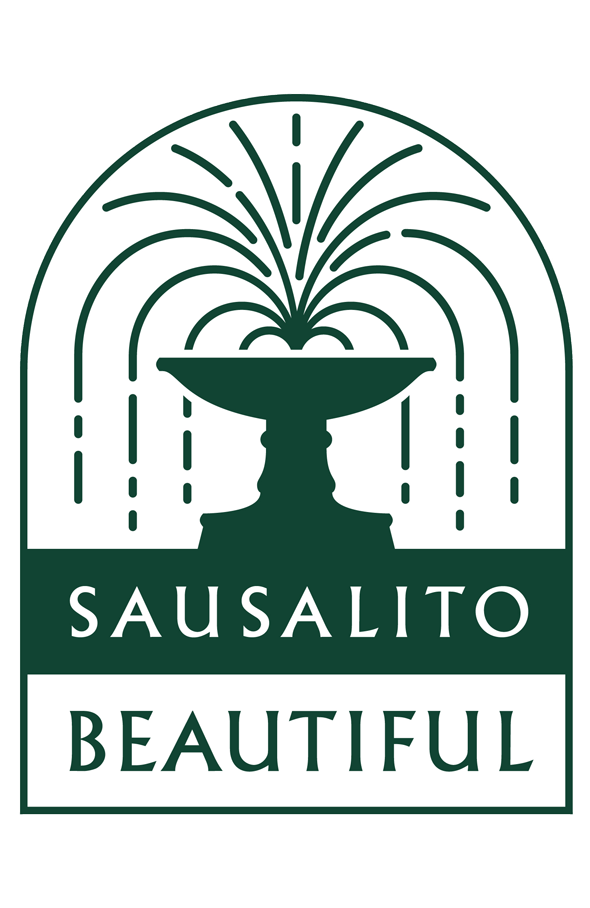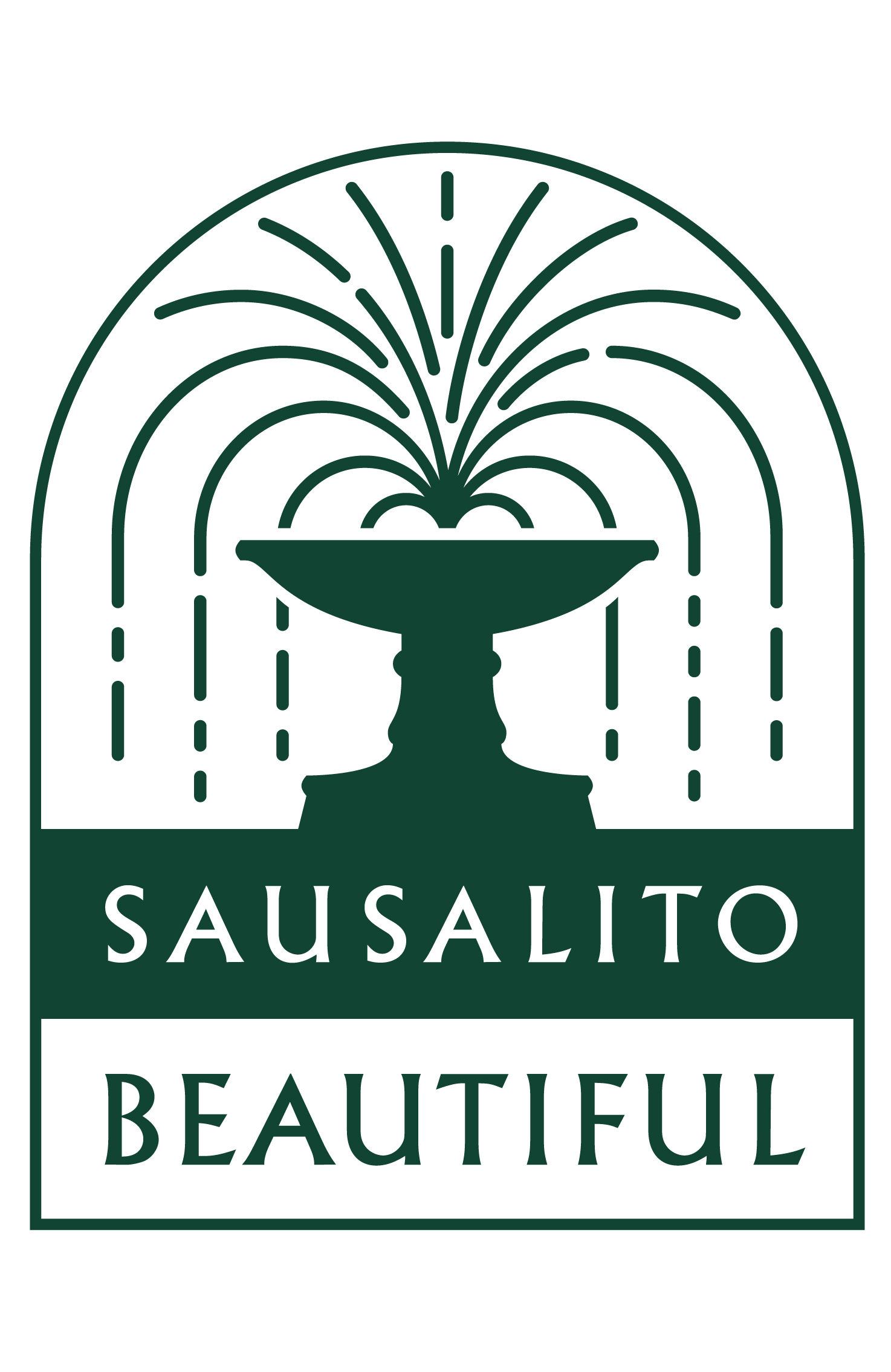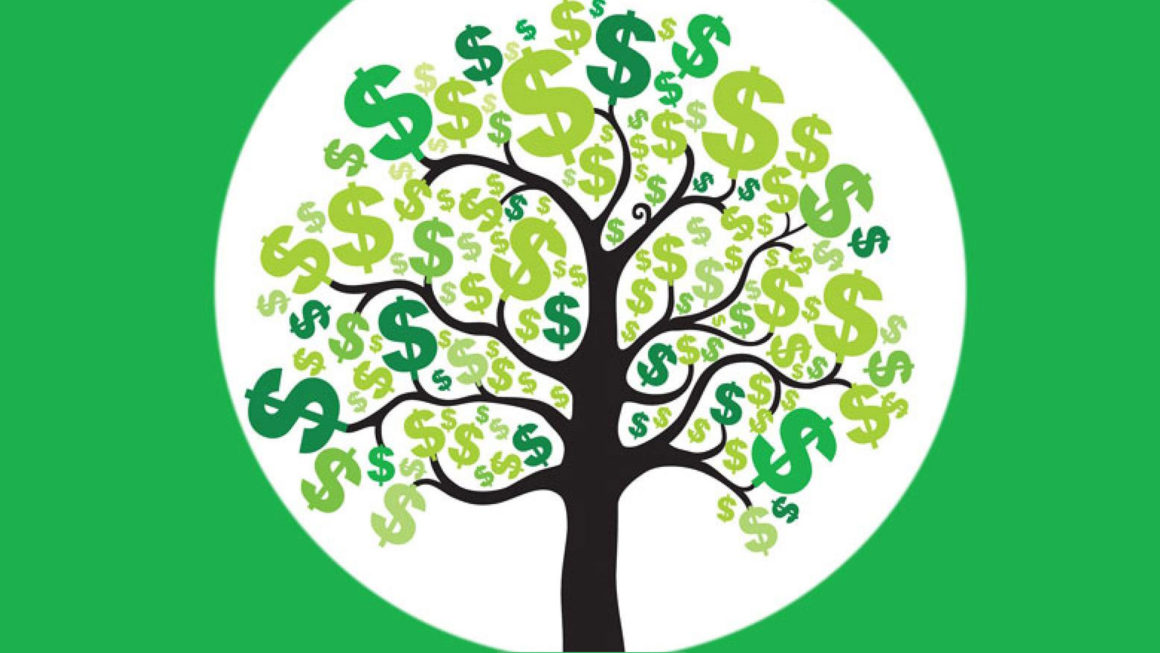We intuitively understand that people prefer to live in areas with well-maintained trees and landscaping. Green swaths of trees, shrubs, and plants improve our mental and physical health while keeping our environment clean and healthy (details). While these soft benefits are widely-recognized and significant, it’s important to weigh the hard costs of trees. Installing and maintaining trees is an expense, so do trees have positive or negative impact on strictly economic terms?
Many large municipalities such as Portland, Atlanta, and New York City have carefully quantified the net positive economic value of their trees. New York City, which has spent millions on trees over the years, calculated that trees provide $5.60 in benefits for every $1 spent on tree planting and care. Pittsburgh calculated $3 in benefits for every dollar spent on trees.
While Sausalito is much smaller in size and population, we can learn from others’ research to get a sense of the economic value of planting trees in our community. These studies show that:
- Trees improve the economic vitality of business districts
- Trees increase property values and property tax income
- Trees have a high return on investment
Let’s explore each of these a little further.
Businesses thrive in leafy environments
People are willing to travel farther, visit more frequently, and pay more for goods and services in business districts with trees, on average 12 percent more 1,2. People will even pay more for parking on tree-lined streets. Studies have concluded that the amount of time that someone stays in a store is longer if trees and landscaping are present on the streets and surrounding areas.3 People simply prefer to spend time in well-maintained green, leafy environments.
Independent merchants in urban business districts face competitive pressure from regional malls, big box retailers, and e-tailers. How do local merchants preserve or restore their slice of the economic pie? By creating an attractive, desirable shopping setting, which includes urban trees.
Additional indirect value comes from employees who are even more productive in greener areas. Desk workers with a view of nature report greater job productivity and satisfaction.4 Businesses are increasingly seeking out localities that have a reputation for maintaining their environmental quality.5
Property Values are increased by Trees
A significant link exists between the value of a property and its proximity to parks, greenbelts, and other green spaces. A study by the University of Michigan found that consumers value a landscaped home up to 11.3 percent higher than its base price. Other studies have shown an increase between 5 and 15 percent. In addition, Apartments rent more quickly and tenants stay longer when the space is in a greener setting, thus increasing the value for the property owner. Increased property values mean increased property tax income, which directly benefits a city’s bottom line.
Trees have a high return on investment
Trees in commercial areas provide important environmental benefits to the city: cooling shade, cleaner air, and reduced energy use and runoff. New York City, which has spent millions on trees over the years, has calculated that trees provide $5.60 in benefits for every dollar spent on tree planting and care. Pittsburgh gets $3 in benefits for every dollar spent on trees. For example:
- Trees act as natural stormwater capture and retention devices. They intercept 890.6 million gallons of NYC stormwater annually, or 1,525 gallons per tree on average. The total value of this benefit is over $35 million each year.
- Urban forests reduce energy demand. By using trees to moderate temperatures and block wind, the amount of fossil fuels used for cooling and heating by homeowners and businesses is reduced. NYC calculated that it’s street trees provide $27 million a year in energy savings.
Like most cities, Sausalito faces many competing funding priorities. Urban trees represent a low-cost policy intervention that provides significant economic benefits, in addition to the widely-recognized environmental and human health benefits. Perhaps money does really grow on trees!
1. Wolf, K. L. 2003. Public Response to the Urban Forest in Inner-City Business Districts. Special Issue on Social Aspects of Urban Forestry. Journal of Arboriculture, 29, 3, 117-126.
2. Wolf, K. L. 2005. Business District Streetscapes, Trees and Consumer Response. Journal of Forestry, 103, 8, 396-400.
3. Wolf, K. L. 2004. Trees and Business District Preferences: A Case Study of Athens, Georgia, U.S. Journal of Arboriculture, 30, 6, 336-346.
4. Kaplan, R. 1993. The Role of Nature in the Context of the Workplace.
Landscape and Urban Planning 26(1-4):193-201.
5. Florida, R. 2005. Cities and the Creative Class. New York: Routledge, 198 pp.




Leave a Reply